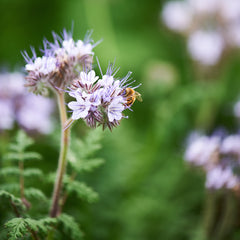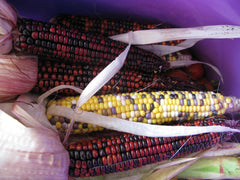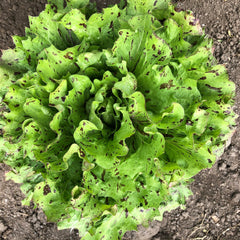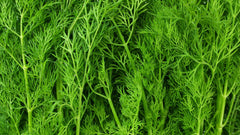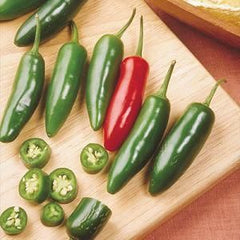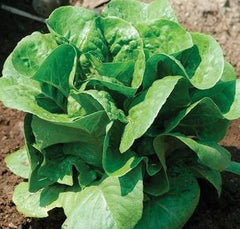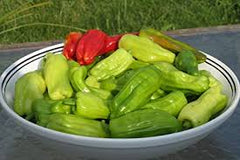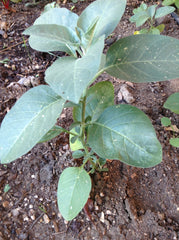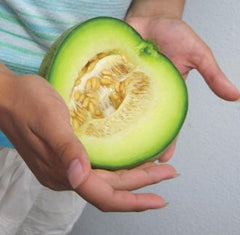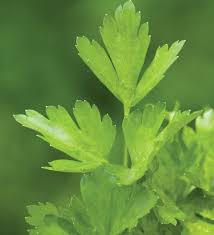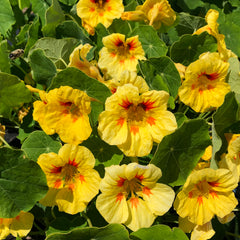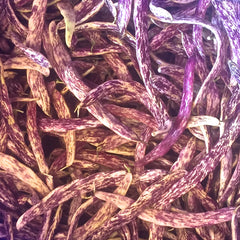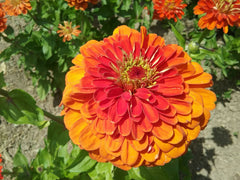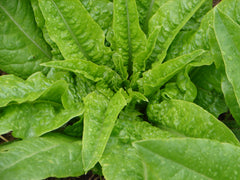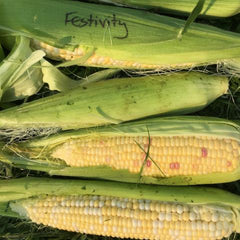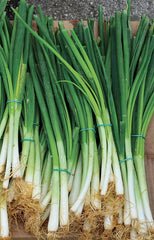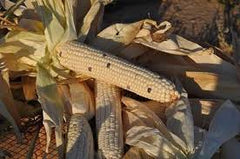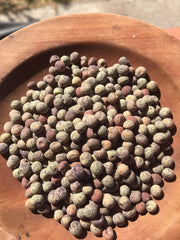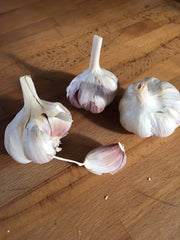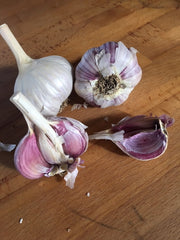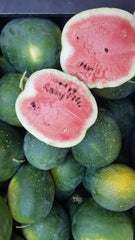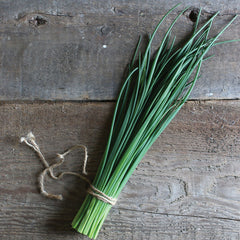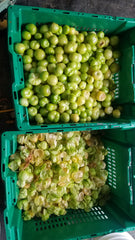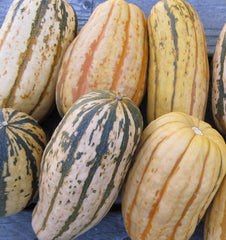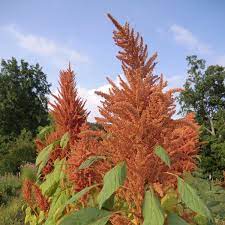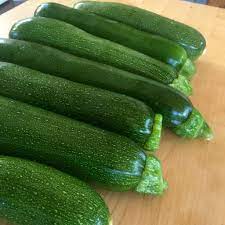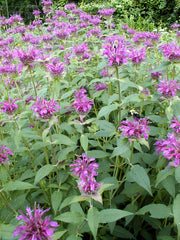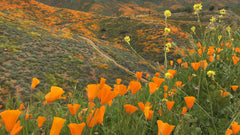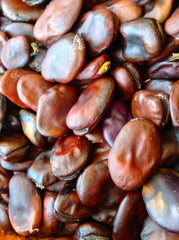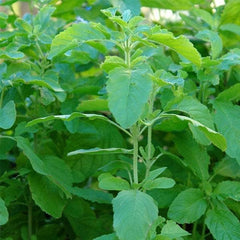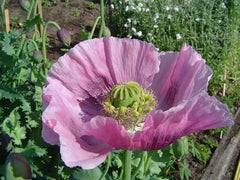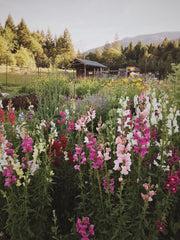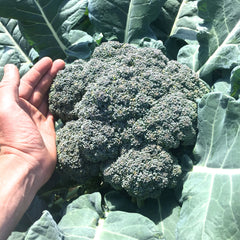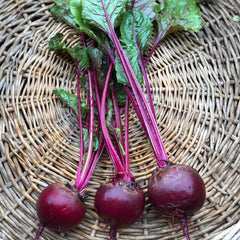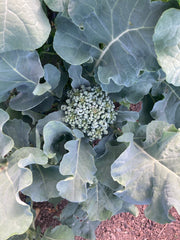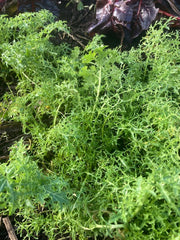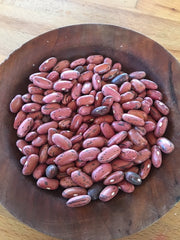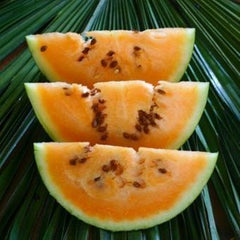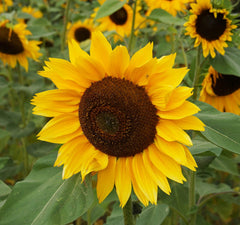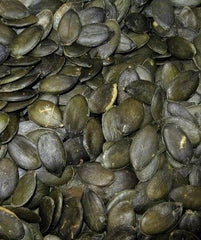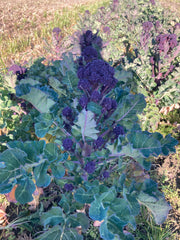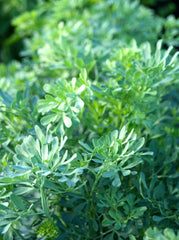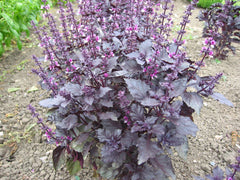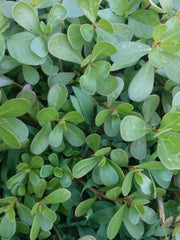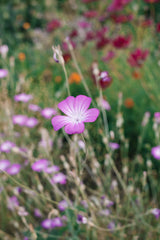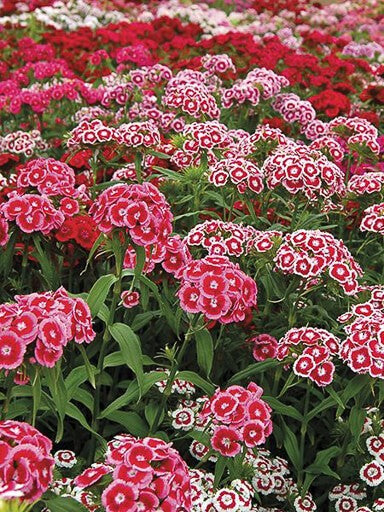Electron Blend
Dianthus barbatus
HOW TO GROW DIANTHUS
Start indoors 6-8 weeks before last frost or direct sow 1 to 2 weeks after last frost. Flowers the following year. Flowers are edible, attracts bees, butterflies and birds. Has fragrant clove scent. Rest of the plant is poisonous. Divide large clumps in September, may self-seed, seeds are heady so they stay put and plant does not wander far. Easy to collect seed after flowers fade. Soil pH 6.6-8.5. Hardiness zones 3-9. Biennial.
Planting Depth 1/4”
Soil Temp. Germ. 68-72˚F
Days to Germ. 1-3 weeks
Plant Spacing 8”
Row Spacing 8-24”
Days To Maturity 100-120
Full Sun, Moist Well Drained
Planting Depth 1/4”
Soil Temp. Germ. 68-72˚F
Days to Germ. 1-3 weeks
Plant Spacing 8”
Row Spacing 8-24”
Days To Maturity 100-120
Full Sun, Moist Well Drained
- 200 Seeds$4.10
- 2000 Seeds$18.50
This excellent cut flower is a biennial that blooms an electrifying mix of red, pink, and white bi-color blossoms with white highlights around the edges. Plants grow 18-24” tall with clusters of up to 30 flowers. It’s clove-like scent attracts an array of pollinators and makes a lively border. Transplant starts into...
This excellent cut flower is a biennial that blooms an electrifying mix of red, pink, and white bi-color blossoms with white highlights around the edges. Plants grow 18-24” tall with clusters of up to 30 flowers. It’s clove-like scent attracts an array of pollinators and makes a lively border. Transplant starts into the cold weather 10-12 weeks before the last frost for same year blossoms, or plant starts in early to mid-summer and expect blooms the following season. Tags: Size: Long.
Native to southern Europe and parts of Asia. Common name first appears in 1596 in botanist John Gerard’s garden catalog.
Native to southern Europe and parts of Asia. Common name first appears in 1596 in botanist John Gerard’s garden catalog.
Learn More
Meet Your Farmer
We promote fair trade, organic practices and environmental responsibility throughout the Restoration Seeds supply chain. Below are the family farmers and seed suppliers who bring our open pollinated seeds to you.
Feral Farm
Certified Organic by CCOF
Seed grower since 2015


I started growing seed commercially as an apprentice at the Organic Farm School in the Puget Sound in Washington. I already loved growing vegetables, but taking a plant all the way through its life cycle felt like a special kind of honor, and I quickly saw the value in sustaining organic, important, and rare plant varieties and participating in sustainable food systems in this way. I moved to Oregon in 2015 and have been growing my organic seed farming business over the last four seasons by renting land from existing farms and slowly taking on higher volumes and more varieties. I’m currently growing 1.6 acres of certified organic seed crops and heirloom garlic.
Reviews
